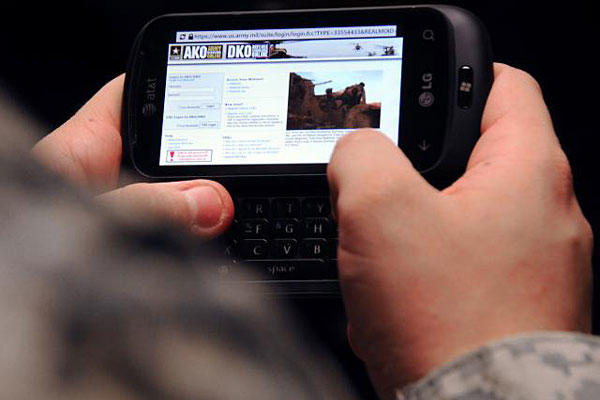Your monthly cell phone bill is high enough without any extra charges added on. But with an in-app purchase here and an added data charge there, the next thing you know you're forking over potentially hundreds of extra dollars each year. These three common smartphone options are some of the biggest culprits for bloated bills. Here's how to avoid them.
In-app purchases. Yes, it's hard to resist buying that Lollipop Hammer ($1.99) or Bomb Cooler ($1.99) for Candy Crush® or gold packs ($4.99 and up) for Deer Hunter 2014®, but don't give in! The whole point of these free, addictive games is to separate you from your money -- one small charge at a time. There's even a name for these types of apps: freemiums. The best way to stop the temptation is to disable in-app purchases on your mobile device.
A phone as a mobile hot spot. It's a convenient idea: Use your phone as a hotspot to transmit a Wi-Fi signal to your laptop or tablet. But the extra monthly cost for a "share plan" can run anywhere from $20 to $50 a month -- not including those sneaky overage charges when you go past your data limit. In most cases, the extra convenience isn't worth the extra $240 to $600 you pay a year.
Data roaming overseas. It's a mobile miracle: You get off a plane overseas, and your smartphone automatically connects to the local high-speed cellular network. You quickly check your email, tweet to announce you've landed, and find the latest currency exchange rates on the Web.
Little did you know that your mobile provider is charging you a boatload of money for international data roaming. There are two solutions: 1) Before you leave, call your provider and set up an international plan, or 2) turn off the "data roaming" option on your phone's settings (which will bar you from using data altogether, except with Wi-Fi).




